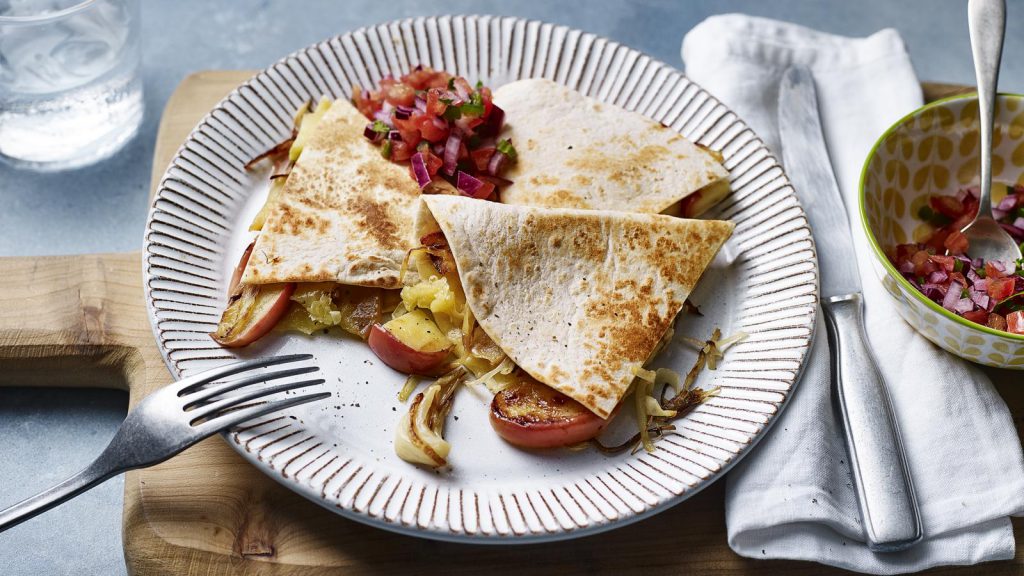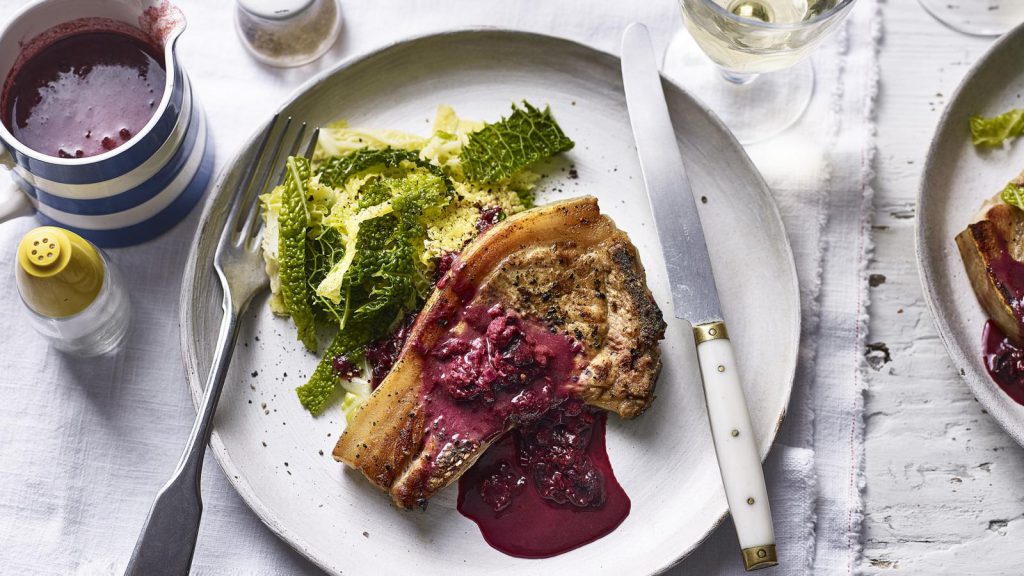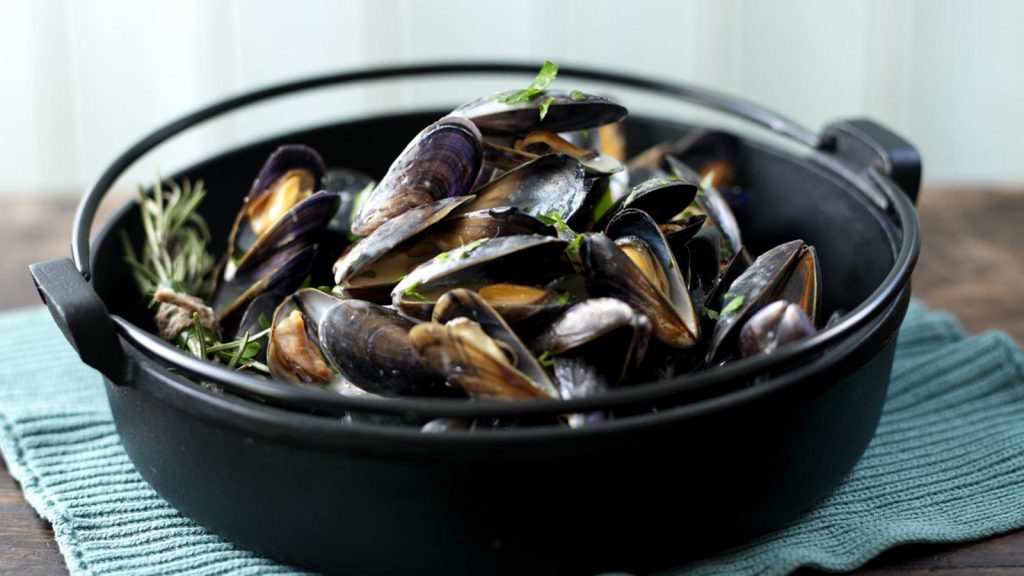Rick Stein’s Cornwall episode 38: Rick delves into the stories of those who worked in Cornwall’s mines, from the men who laboured in extreme heat a full hour’s journey beneath the earth’s surface to the young women known as ‘bal maidens’, who earned their living breaking rocks with heavy sledgehammers.
In the heart of mining country, he discovers a church with some astonishing 600-year-old wall paintings, which rank amongst Britain’s greatest church treasures. And after a merry visit to a maker of botanical spirits, he adds a cheeky nip to his version of the ‘platinum pudding’ created for the late Queen’s platinum jubilee. Rick Stein reveals the Cornwall that he knows and loves: a unique part of the British isles with a strong sense of identity and a history rooted in its Celtic past. With his famous natural inquisitiveness, Rick shares the road less travelled – championing the food, history, music, art and culture of the county many locals argue should be a country in its own right.
Rick Stein’s Cornwall episode 38
Rick Stein
Christopher Richard “Rick” Stein, CBE (born 4 January 1947) is an English celebrity chef, restaurateur and television presenter. Along with business partner (and first wife) Jill Stein he has run the Stein hotel and restaurant business in the UK. The business has a number of renowned restaurants, shops and hotels in Padstow along with other restaurants in Marlborough, Winchester and Barnes. He is also the head chef and a co-owner of “Rick Stein at Bannisters” at Mollymook and Port Stephens in Australia, with his second wife Sarah. He has written cookery books and presented television programmes.
After graduating, he converted a mobile disco in Padstow, which he had run as a student, into a quayside nightclub with his friend, Johnny. It became known for its freeze-dried curries. However, the nightclub lost its licence and was closed down by the police, mainly due to frequent brawls with local fishermen. The pair still had a licence for a restaurant in another part of the building, so they continued with that to avert bankruptcy.
Stein ran the kitchen using the experience he had gained as a commis chef. Eventually he converted it into a small harbour-side bistro, “The Seafood Restaurant”, with his first wife Jill in 1975. As of 2015, his business operates four restaurants, a bistro, a café, a seafood delicatessen, a pâtisserie shop, a gift shop and a cookery school. In 2007 threats against Stein’s businesses were made by Cornish nationalists. His impact on the economy of Padstow is such that it has been nicknamed “Padstein”.
Clementine trifle

Sweet clementines, marmalade and orange liqueur bring a fresh take on the classic trifle. With homemade sponge and custard, but no jelly, it’s a slightly more grown-up affair and the perfect centrepiece for parties and family gatherings.
Method:
- Preheat the oven to 190C/170C Fan/Gas 5. Grease and line a 23cm/9in round cake tin.
- For the sponge, whisk the eggs with the caster sugar in a bowl until very pale and creamy. Sift in the flour and carefully fold in, to retain as much air and lightness as possible. Pour into the cake tin and bake for 20–25 minutes until risen and golden-brown. Remove from the oven and allow to cool on a wire rack.
- To make the custard, place the milk and cream in a saucepan over a medium heat and just bring to the boil, stirring constantly. Remove from the heat. In a separate large bowl, whisk the egg yolks, cornflour and sugar to a smooth paste, then slowly add the hot milk and cream, whisking all the time.
- Return the mixture to a clean pan and cook over a low heat, stirring constantly, for 5 minutes or until the mixture is thick enough to coat the back of a wooden spoon (when it’s ready you will be able to draw a line through with your finger and if the line holds the custard is ready). Take care not to let the custard boil or it will curdle. Stir in the liqueur and transfer the custard to a clean bowl to cool completely. Place a piece of damp scrunched baking paper or cling film on the surface to prevent a skin forming.
- To prepare the clementines, remove the skin and pith using a sharp knife, following the contour of the fruit. Then slice each clementine across the middle horizontally to make 3 rounds each 5–6mm thick. Transfer to a bowl with any juice from the chopping board and drizzle with orange liqueur.
- To assemble the trifle, cut the sponge into long strips and arrange it in the base of a large glass trifle bowl. Douse with liqueur and spread over the marmalade. Arrange the orange slices around the bowl on their side so that you can see the rounds through the side of the bowl. Top the sponge with any remaining orange slices and then fill with the thick, cooled custard.
- Whip the double cream until creamy and soft peaks form when the whisk is removed. Spoon on top of the custard and finish with a sprinkle of almond flakes.




